Tesla Model S running costs and reliability

Miles per pound (mpp) ⓘ
| Electric motors, home charging | 9.4 - 11.5 mpp |
|---|---|
| Electric motors, public charging | 5.1 - 6.2 mpp |
Fuel economy ⓘ
| Electric motors | 3.2 - 3.9 miles/kWh |
|---|
- Model S efficiency is highly impressive
- Long range makes long trips a pleasure
- Tesla’s charging network is still the best
How much is it going to cost to run?
Like all EVs in this world of potentially expensive electricity, how much the Model S costs to run depends very much on where you charge it. Public charging for electric cars can be expensive, especially if you want to use the fastest charging technology available, and you don’t have an up-front subscription. But at least with Tesla you’re blessed with unfettered access to the best charging network in the business.
So, although it’s an expensive car to buy in the first place, Tesla Model S running costs are low if you’ve got an appropriate electricity tariff. Although free access to Tesla Superchargers was offered up until 2017, you’ll have to pay to charge if you buy a new one. Like other rapid chargers, it’s significantly more expensive than home charging but far more convenient.
Range and charging
The Model S can charge the usual way at all public charging stations or at any Tesla home destination or Supercharger. With a claimed maximum range of between 373 and 394 miles (WLTP), it’s adept at long-distance, unplanned journeys, and it has access to Tesla’s vast network of 500+ Supercharger stations.
In terms of efficiency, we rate Tesla highly. Consistently we’ve seen Model Ss pretty much make the predicted range. Unlike with other electric cars, when you get in a Tesla and see the range at a certain number, there’s a real chance of you actually achieving the mileage.
The range changes in the cold however, as it does with all electric cars. An EV’s range will typically shrink by 20% in cold weather, and to help out the Model S, Tesla uses a Heat Pump. It’s supposed to reduce the impact the cold has on range by reusing warm air from the cabin.
Servicing and maintenance
Servicing intervals are dictated by the way the car is used, and scheduled via the Tesla mobile app. There are servicing plans available depending on how many miles you intend to cover, and astonishingly, Tesla says, ‘Your New Vehicle Limited Warranty or Used Vehicle Limited Warranty will not be affected if recommended service is not performed.’
Reliability
- Tesla has suffered some well publicised issues
- Quality and build of the Model S is improving
- Dealers are often criticised for poor service
Any car has the potential to break down but the company’s reputation in this regard is a bit flaky. Problem areas with older cars include the quality of the paintwork and interior trim as well as issues with bespoke items such as its doorhandles, climate control systems and the infotainment system. Warranty cover usually encompasses this, but dealer service and supply can be slow.
There are fewer moving parts than on a conventionally-engined cars and electric motors are proven to work with a greater level of reliability than internal combustion engines. This is largely the case with the Model S, but it has suffered one or two motor failures over the years.
Although Tesla has been responsible for the ongoing development of the Model S and reliability is improving, it did have a headstart as some of the early work was undertaken in conjunction with Mercedes-Benz. Fewer moving pieces of switchgear also mean there’s less to break and come loose. That said, the 17-inch touchscreen could prove costly to repair if the electronics behind it fail.
Ongoing running costs
| Road tax | £0 |
|---|---|
| Insurance group | 50 |
Get an insurance quote with

|
|


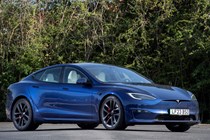

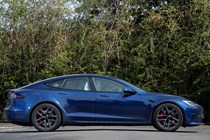
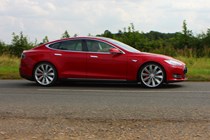
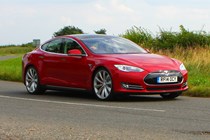
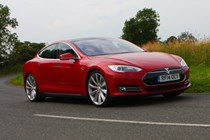
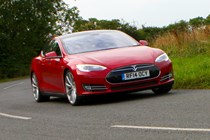
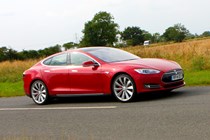

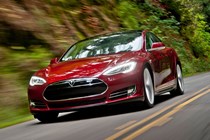
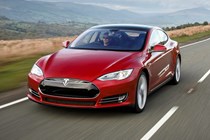
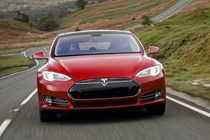
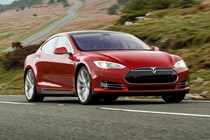
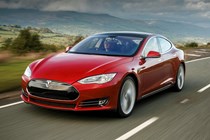
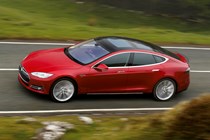
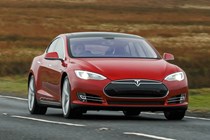
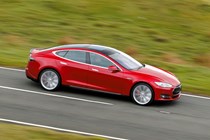
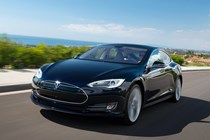
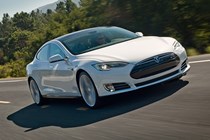
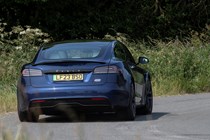
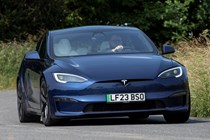
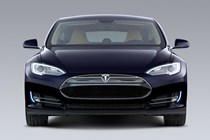
.jpg)
.jpg)
.jpg)
.jpg)
.jpg)
.jpg)
.jpg)
.jpg)
.jpg)
.jpg)
.jpg)
.jpg)
.jpg)
.jpg)
.jpg)
.jpg)
.jpg)
.jpg)
.jpg)
.jpg)
.jpg)
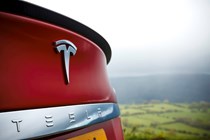
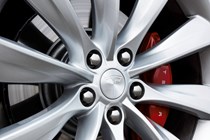
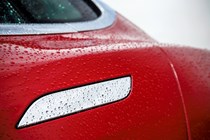
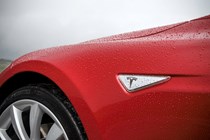
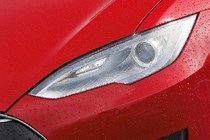
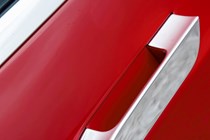

.jpg)
.jpg)
.jpg)
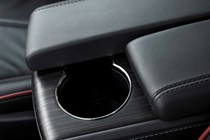
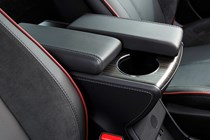
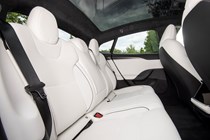
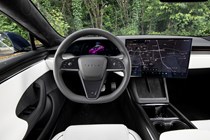
.jpg)
.jpg)
.jpg)
.jpg)
.jpg)
.jpg)
.jpg)
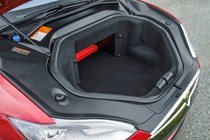
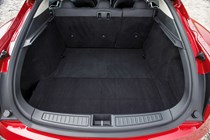
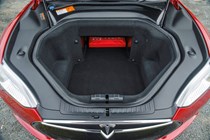
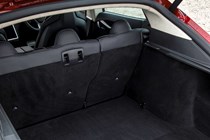
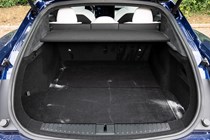
























.jpg?quality=50)
.jpg?quality=50)
.jpg?quality=50)
.jpg?quality=50)
.jpg?quality=50)
.jpg?quality=50)
.jpg?quality=50)
.jpg?quality=50)
.jpg?quality=50)
.jpg?quality=50)
.jpg?quality=50)
.jpg?quality=50)
.jpg?quality=50)
.jpg?quality=50)
.jpg?quality=50)
.jpg?quality=50)
.jpg?quality=50)
.jpg?quality=50)
.jpg?quality=50)
.jpg?quality=50)
.jpg?quality=50)







.jpg?quality=50)
.jpg?quality=50)
.jpg?quality=50)




.jpg?quality=50)
.jpg?quality=50)
.jpg?quality=50)
.jpg?quality=50)
.jpg?quality=50)
.jpg?quality=50)
.jpg?quality=50)




